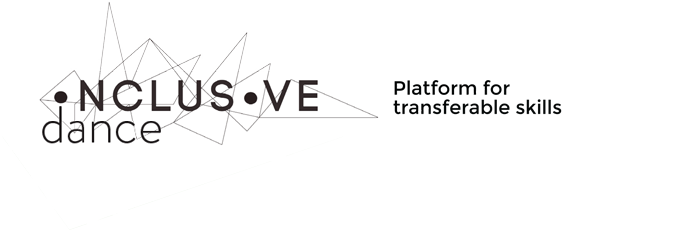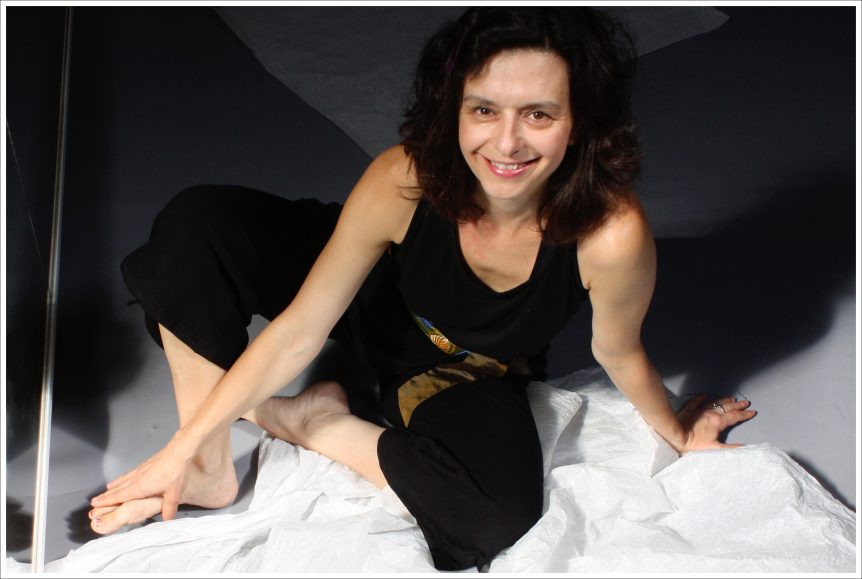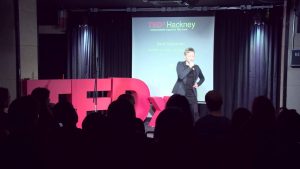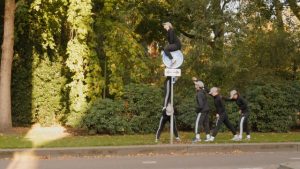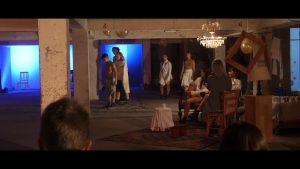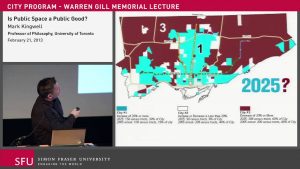by Katerina Dietzova
dance therapist, teacher of the dance classes for people with Parkinson’s in Prague (CZ)
Certified Movement Analyst, teacher, event organizer, Dance-Movement Therapist, Registered Somatic Movement Educator and Therapist, Choreographer, Performer.
Based on her modern dance background and years of research on traditional dances and rituals from India to Central Asia she has synthesized a dance style drawing from contemporary and eastern dance. Her teaching method is based on principles of Laban/Bartenieff Movement Studies and other Somatic disciplines.
Her work is divided into few areas – education, therapy, performance. Rena has been teaching dance extensively throughout the Czech Republic and Slovakia. Currently she is teaching Laban Movement Studies at the Palluca Dance Conservatory in Dresden and in her private studio DanceLab Prague. As a Dance and Somatic Therapist, she is working with the Parkinson patients under Parkinson-Help, Prague. As a somatic educator, she has developed a two year program “Conscious Body”.
Her artistic projects have been always multimedial or site-specific. Rena is the director of Open field NGO, focusing on Somatic education, music, performances and festivals.
- What is your profession? How do you earn your living? Which education did you do?
My profession is Somatic Movement Educator and Dance Movement Therapist. I followed many accredited courses in Body-Mind Centering, discipline of Improvisation, Central Asian dances, Contemporary Dance, Rhythm. At some point I decided to go for studies of Art therapy on Masaryk university in Brno and from there I followed at Laban/Bartenieff Institute of Movement Studies) in New York and TANTER (Association of dance movement therapy) in Prague.
- How did you start dancing? Was dance always part of your life? And which kind of dance practice are you nowadays dedicated to?
I loved dancing since my childhood as many girls do. As a teenager, I experimented with different forms, from ballet, to break dance and modern dance. Later on I had a need to explore dances of different cultures – from Africa, India and Orient. I loved how different forms of dance are offering different expressions, perceptions, emotions. At the end I needed to return to something western again, something, which reflects our way of thinking. This brought me to Dance Movement Therapy discipline and further to Somatics and the discipline of improvisation.
- How did you get to the dance for Parkinson‘s classes?
I was asked by the organization Parkinson-Help, their club directors. They got recommendation from somebody who knows my work. They wanted to establish Dance therapy for their club members.
- How did your view on dance change thanks to the work with people with Parkinson’s?
My view on dance? I would not say that, but certainly my perception about possibilities for these people changed and my view about the healing aspect of dance, which I knew before. So, in this sense yes.
- What is the sense/aim of dance for people with Parkinson?
Dance for Parkinson patients brings many benefits. First, it motivates their bodies into motion different than exercises, which are often boring for them. Accompanying music, rhythm, dance together provides extra dimension. Dance therapy is in this case designed to their specific needs: initiating movement, balance, gait, articulating body parts and even facial muscles, tension release, flow, using voice with movement, exercising dual tasks and enlarging the range of movement. The big goal is to re-pattern necessary motor skills and to maintain some quality of life and to stay independent and functional as much as possible.
- How does teaching dance classes for Parkinson’s fit within your profession? Is there something what you could “re-use” from you other teaching activities?
My profession is Dance Movement Therapist, so this is my work. Besides the Parkinson patients, I work with healthy people with different needs, but every group is somehow complementing each other. What I can transfer to Parkinson patients is for example working with imagery and imagination, as well as different movement games, mirroring, way of contact improvisation, tango steps, art of touch, rhythm, breath support, different effort qualities and many other principles of Somatic work.
- Could you share the most valuable moment of experience from this class?
There are always few precious moments in each class. I consider precious moments, when I make the people smile and when they begin to dance and move with more stability and expression, despite their normal difficulty to even walk. What was also precious, we have learned one quite difficult folk song combined with body percussion. To see the people make effort is always precious.
